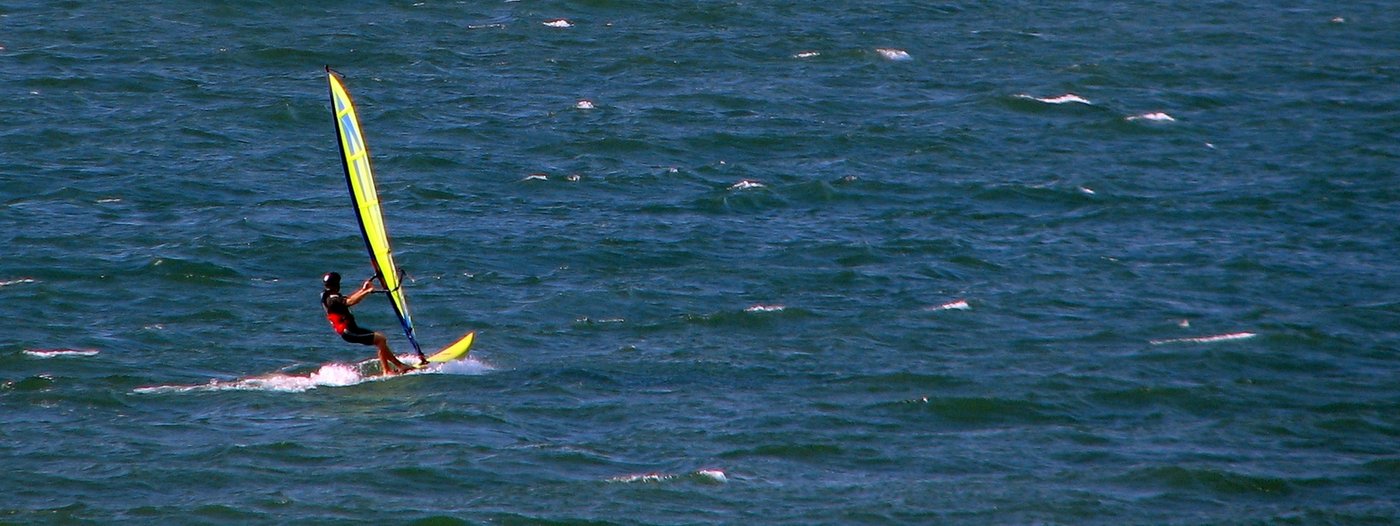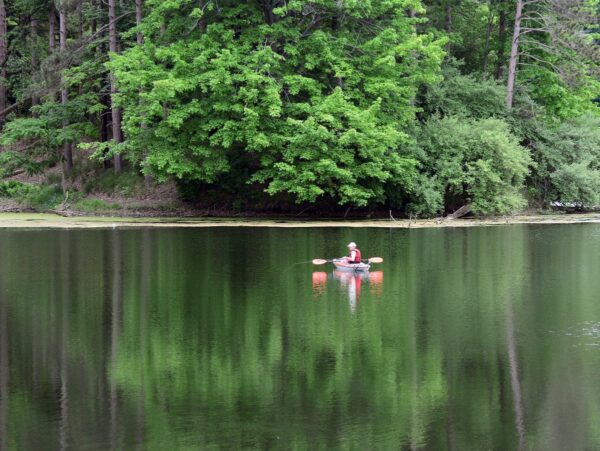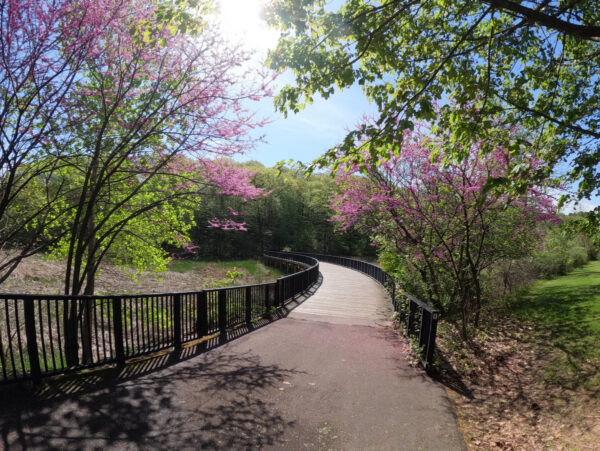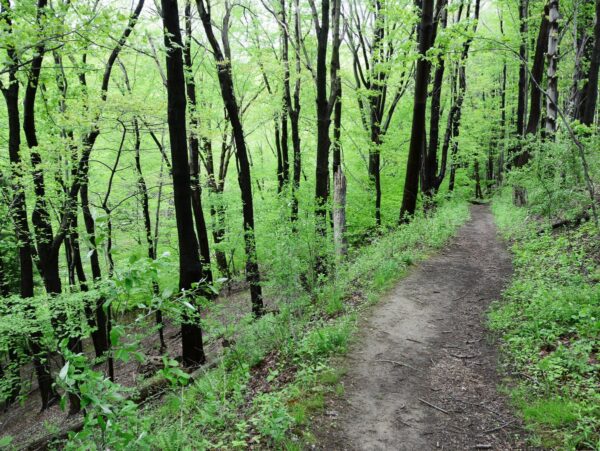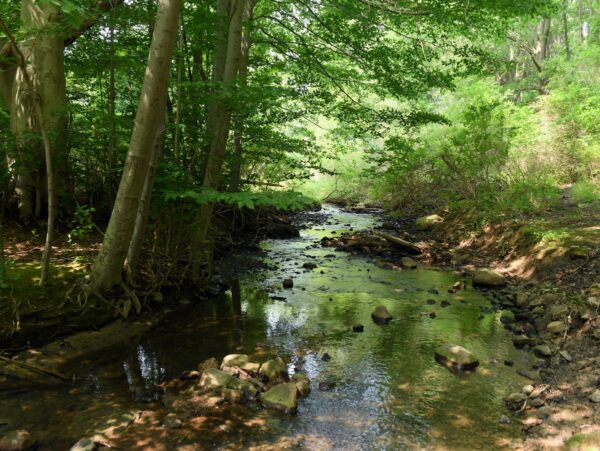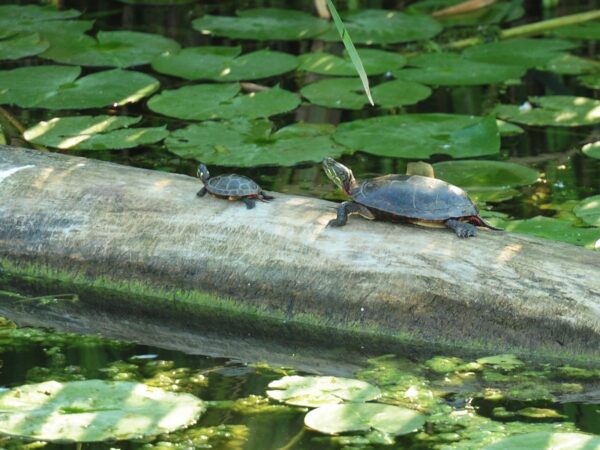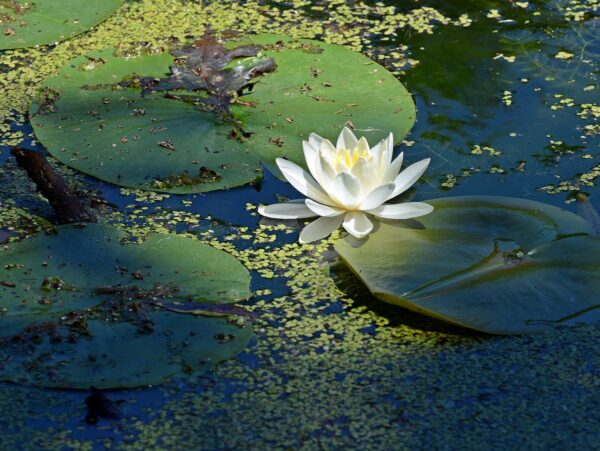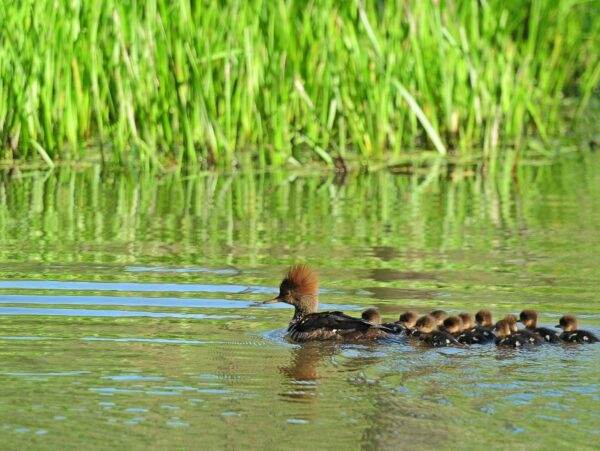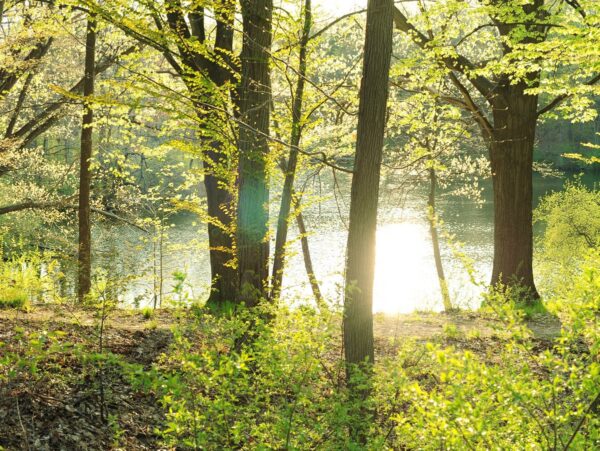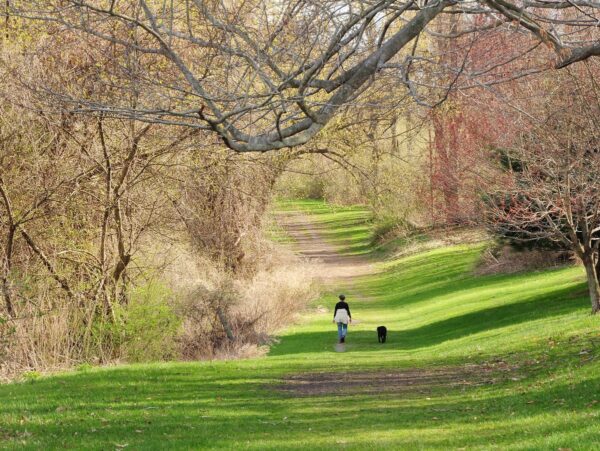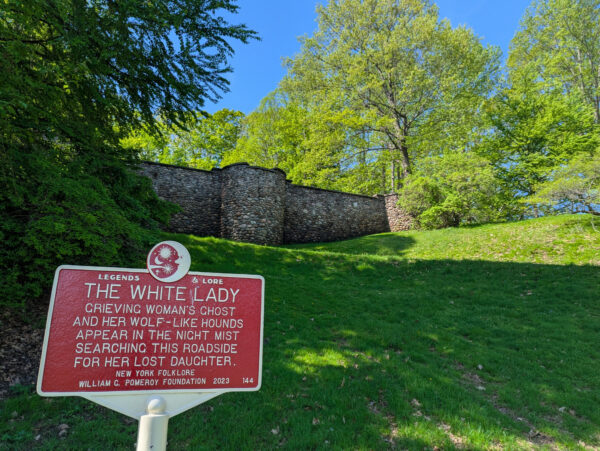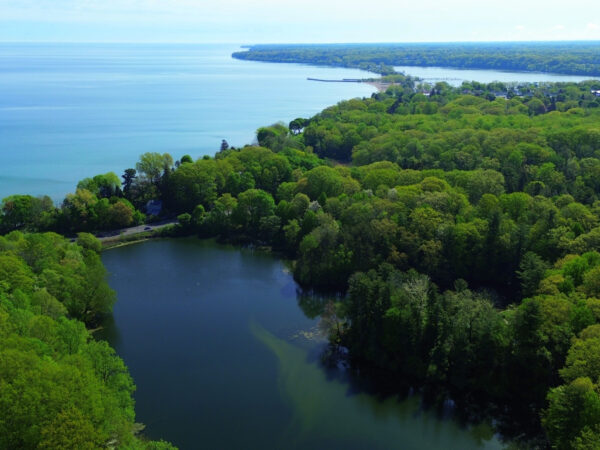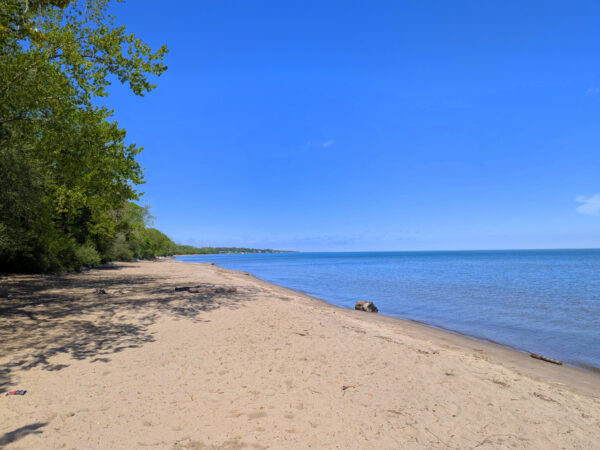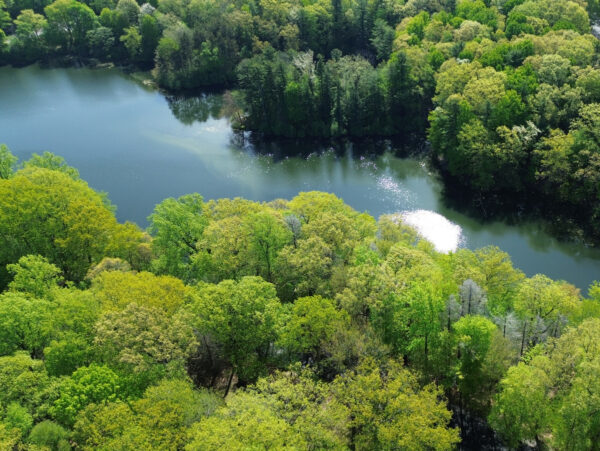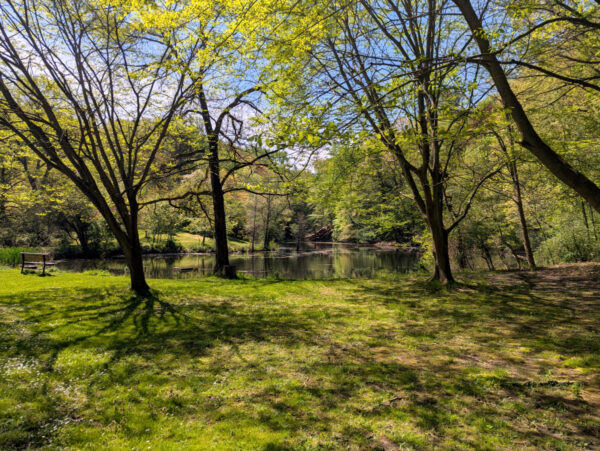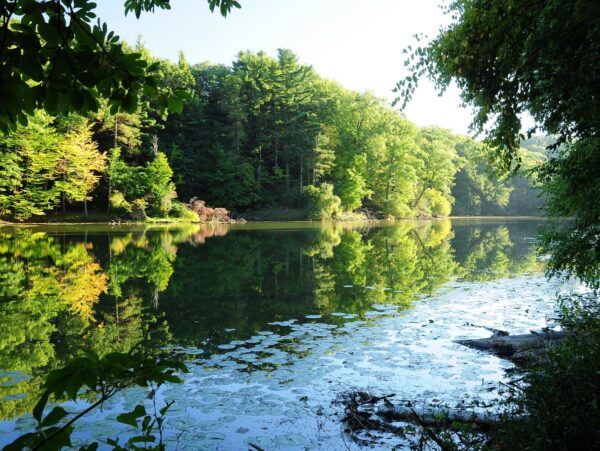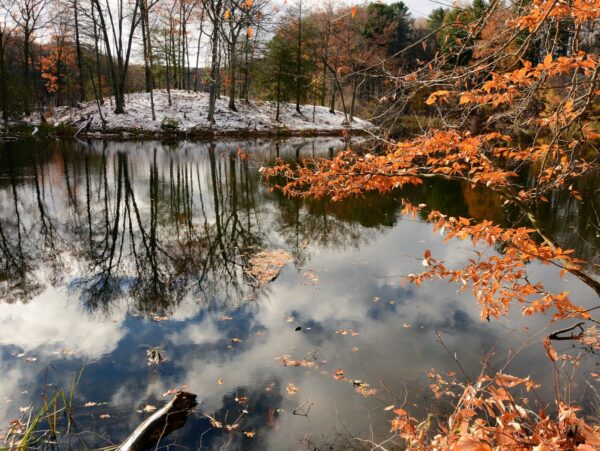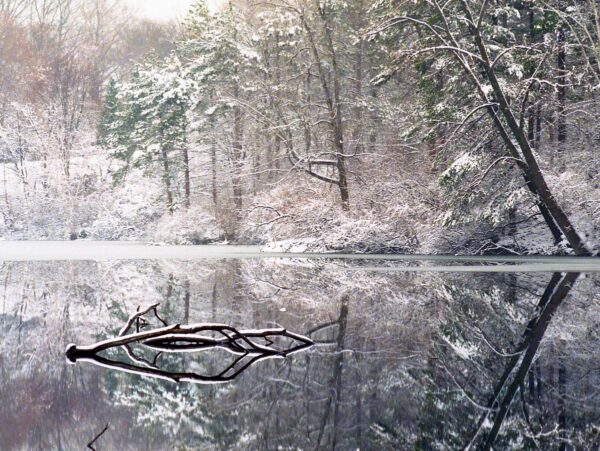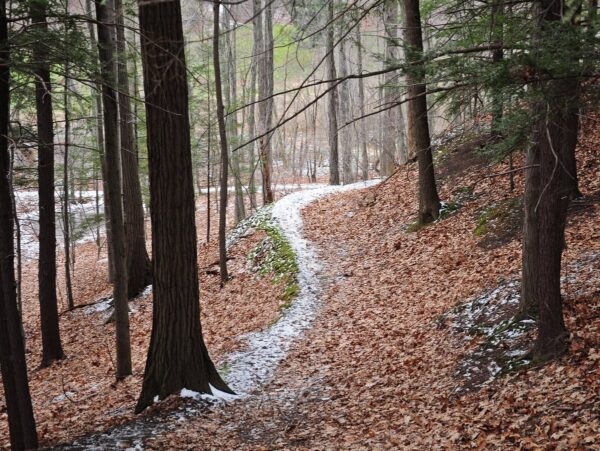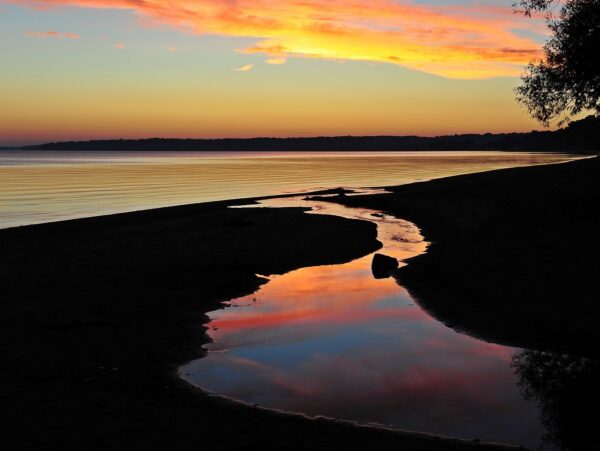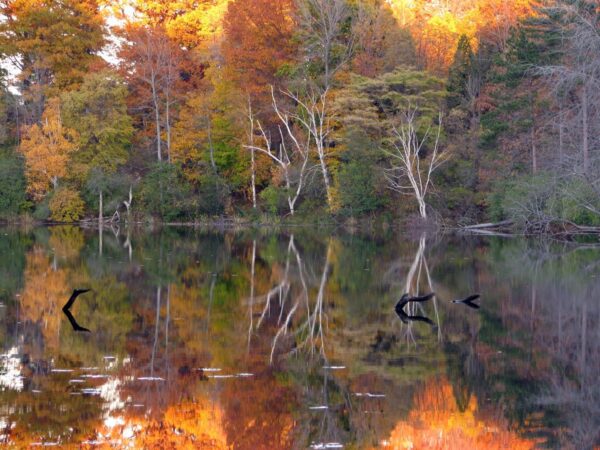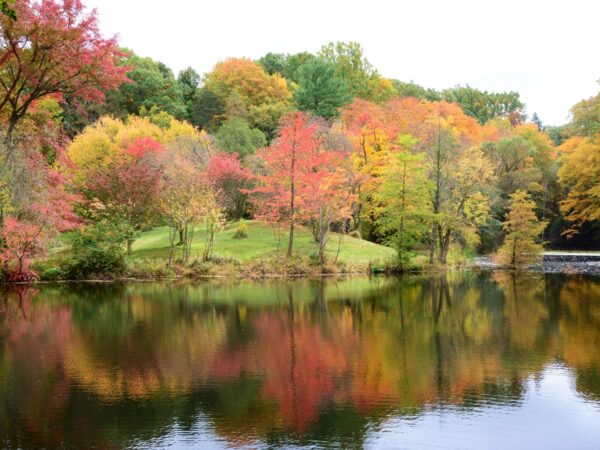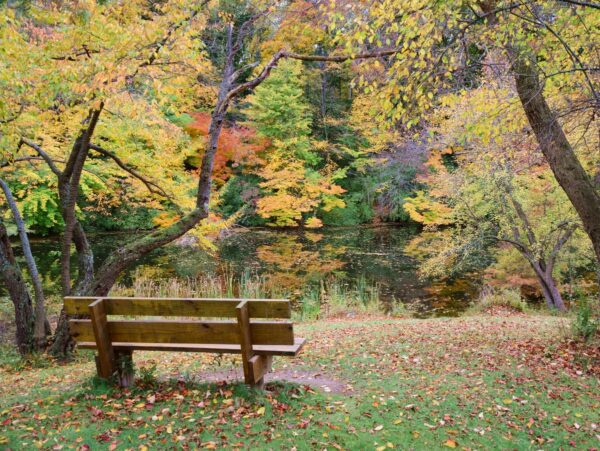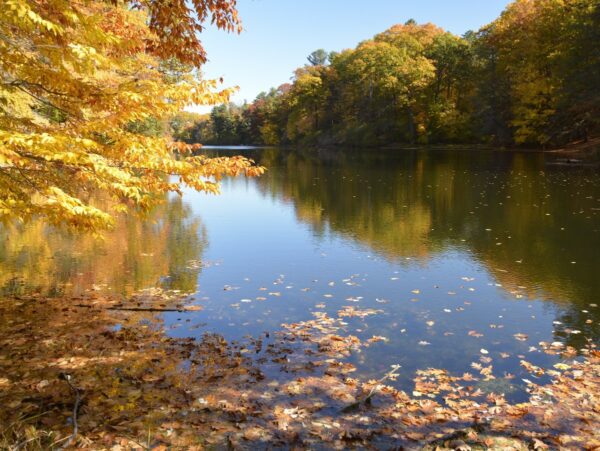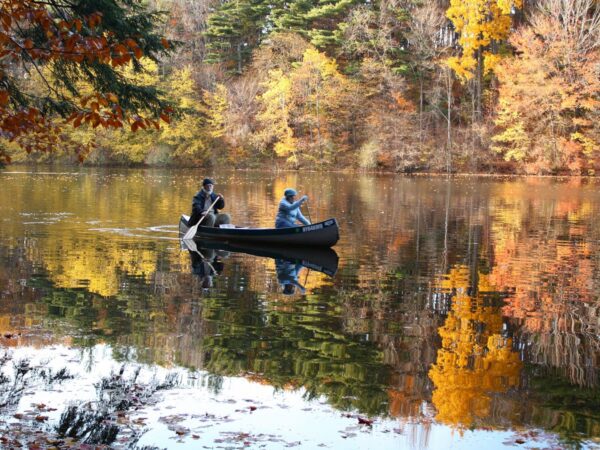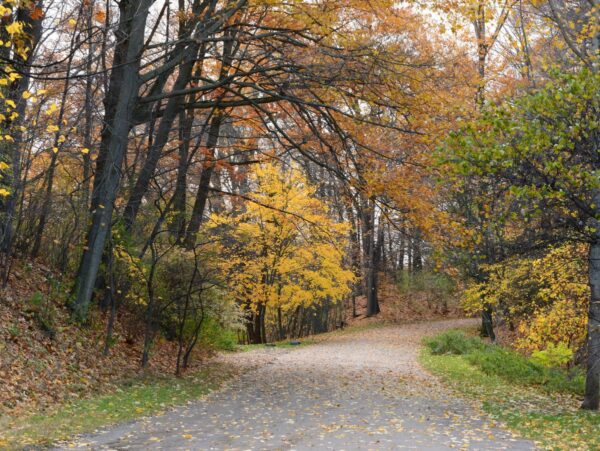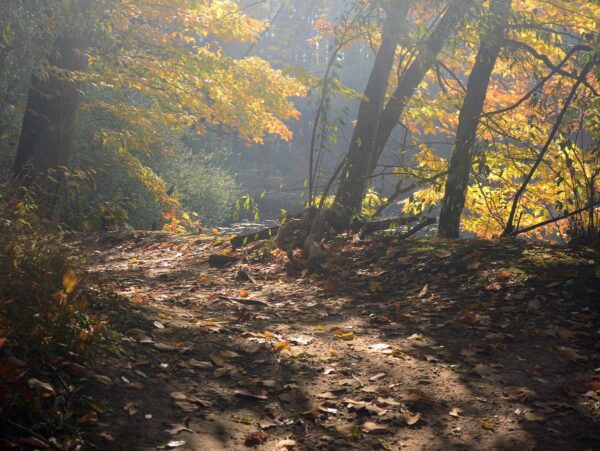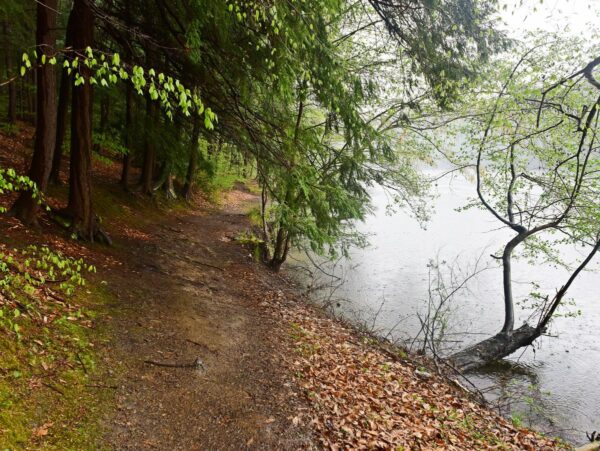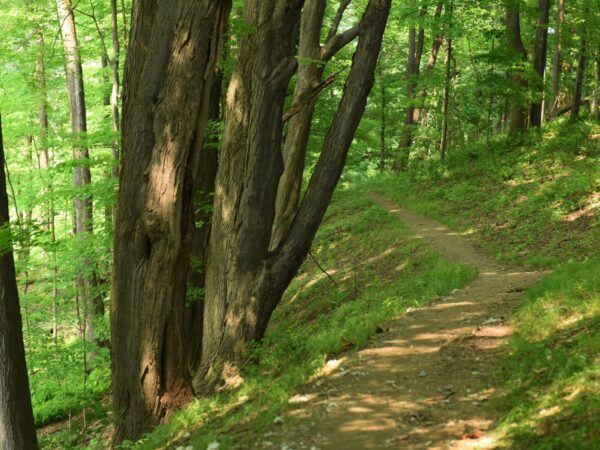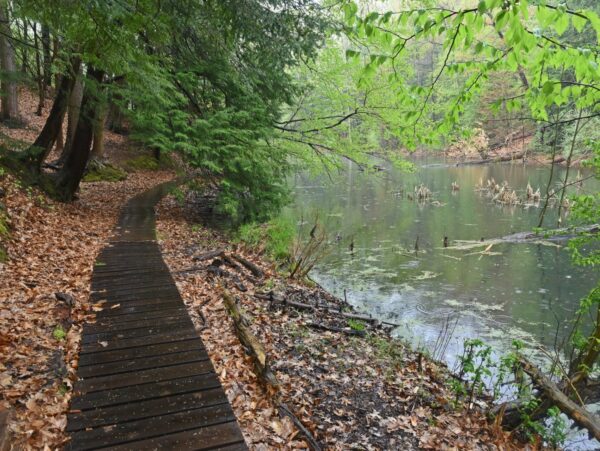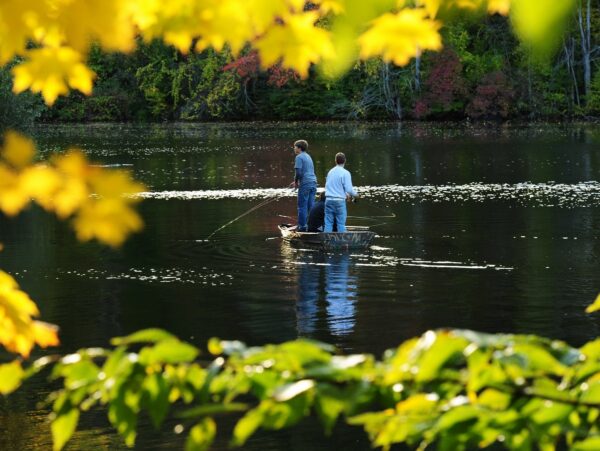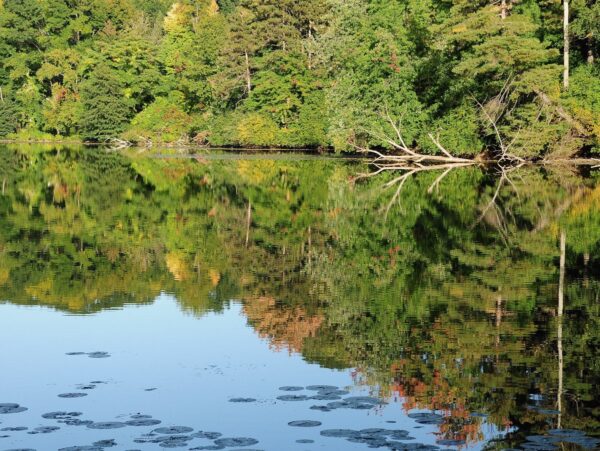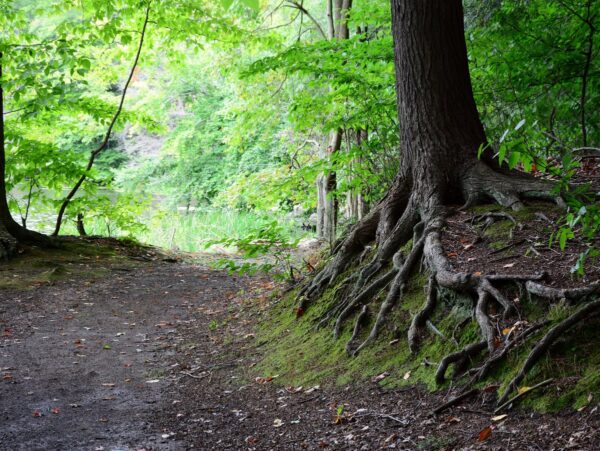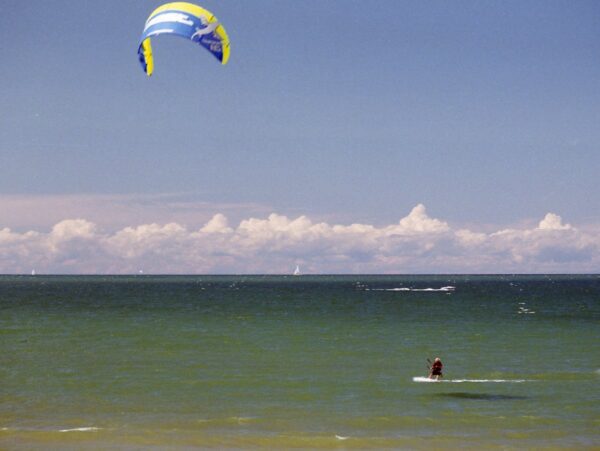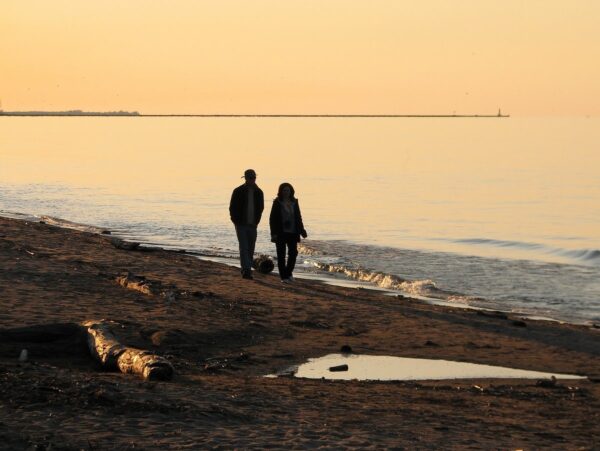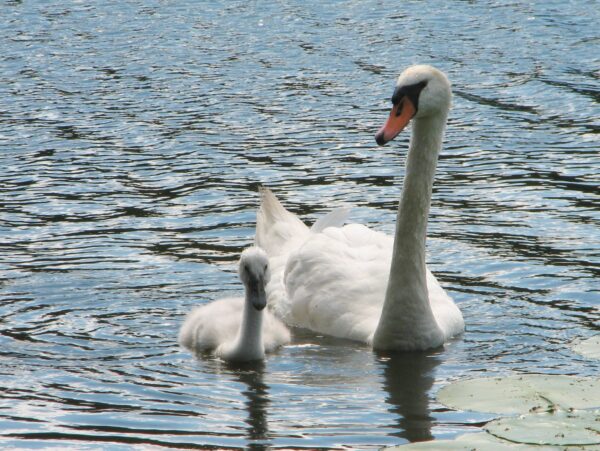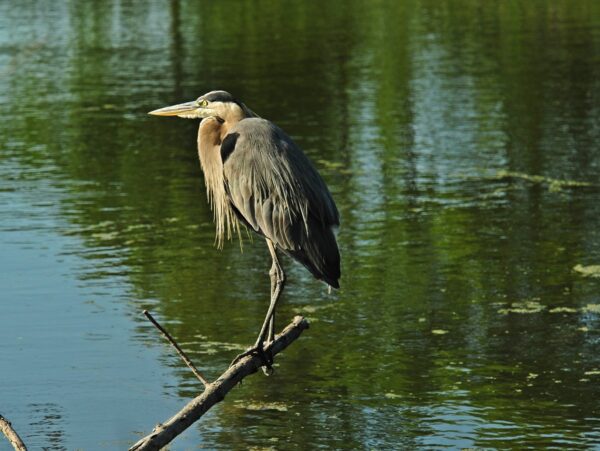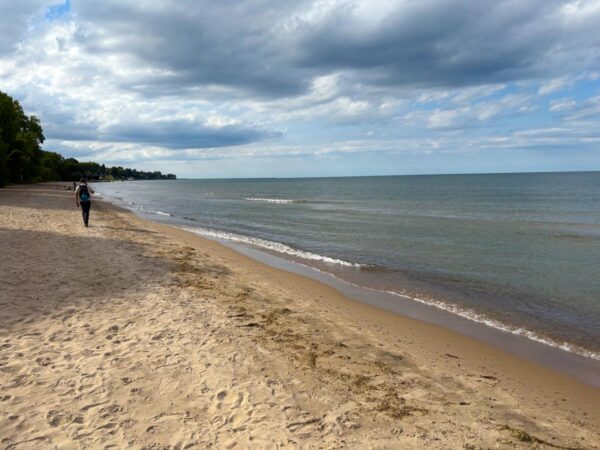New York State Parks have a long history as the go-to places for activities that suit the whole family’s interests and abilities. There is a misconception that local parks, i.e. city and county parks, are somehow smaller versions of these outdoor spaces, but Durand Eastman Park lives up to that standard and more. Perhaps more surprising is that it does so even though it is situated on the northern edge of Rochester, New York’s third-largest city. In fact, with 5,000 feet of Lake Ontario waterfront and 1,260 total acres, Durand Eastman Park exceeds most other state parks in the Finger Lakes by sheer size alone. With a sandy beach, bike trail, hiking trails, pavilions, lakes (yes, plural), playgrounds, picnic areas, a golf course, and an arboretum, it is easy to see there are ample activities for the whole family to relax, exercise or just play. And unlike state parks, entrance is free (except for the golf course). Simply show up, find a spot in the well-distributed parking areas, and enjoy. Expect to spend the better part of the day here and still have more to see on subsequent visits.
Not surprisingly, the hub of activity is at the park’s northern edge along the shore of Lake Ontario. Following the contour and often within feet of the lake, is the 1.2-mile Lake Shore Trail. The trail is paved, not quite flat, and follows a gently winding route bustling with runners, walkers, and cyclists. A thin swath of trees provides a buffer between the trail and lake, but there are also spur trails that provide access to the lakeshore. The beach is similar to most of Lake Ontario’s beaches: a mix of fine gravel, pebbles, and sand. Many of the parking areas are adjacent to the trail and there is a steady stream of people coming and going as they begin or finish their visit. A swimming beach is located on the western end of the Lake Shore Trail with supervised swimming during most of the summer months. For the latest beach information, call the Monroe County Beach Information Line at (585) 753-5887.
For families looking for more solitude, the areas surrounding the park’s two smaller lakes, Eastman Lake and Durand Lake, are ideal. Located along the eastern/southern part of the park, this section has more rugged hiking trails, densely wooded picnic areas and shelters, and a playground. This less trafficked area has an entirely different feel than the lakeshore. It still feels like a park but is quieter, more subdued, and almost feels like you stumbled on a secret, all of which is enhanced by the majesty of towering trees with a fully enclosed canopy above. None of the trails are very long; Durand Lake Trail is 1.2 miles and Eastman Lake Trail is 1.5 miles. The well-worn trails hug the shores of their respective lakes along rolling paths that offer excellent wildlife viewing. Anglers, both human and avian, dot the shores as these are prime fishing holes. Likewise, the habitat provides excellent opportunities for birders to get up close to migratory birds that prefer sheltered lakes as layovers on their epic treks.
The 18-hole golf course, first built in the 1910s and later redesigned by Robert Trent Jones in the 1930s, is an obvious choice for the golfers in the family. But it is also worth noting that this section of the park does double duty. In winter it is transformed into a haven for cross-country skiers with trails groomed by the Rochester XC Ski Foundation. The open nature of the course and the slight elevation above the shoreline provide wonderful expansive views of the lake. The view comes with strong biting winds that whip off of Lake Ontario so conditions are colder here than further inland.
For family members desiring more park than wilderness, or for those more horticulturally inclined, the park has an arboretum on its easternmost edge. Encircled by Log Cabin Road on the west and Zoo Road on the east, the zoo was closed over a half-century ago. When it was first gifted to the City of Rochester, much of the land was scrubland. Transformation of the park, and the arboretum specifically, is credited to Bernard Slavin. Working on a strict budget, Slavin worked mostly with seedlings and cuttings. Today those seedlings are over a century old. It gives one perspective on the forethought and stewardship at play in this wonderful public space.
The land for the park was given to the City of Rochester in 1908 by Dr. Henry S. Durand and George Eastman, founder of the Eastman Kodak Company. Nearly two decades of work went into the design and construction of the park. Much of the park’s design was inspired by the work of Fredrick Law Olmsted, the famed landscape architect of New York City’s Central Park, and perhaps of greater relevance, a guiding hand in the establishment, design, and construction of Rochester’s park system. Olmsted, and later his sons’ firm, Olmsted Brothers, contributed much to Rochester’s park system and provided initial guidance for Durand Eastman Park. But it was the superintendent of parks, Bernard Slavin, who is credited with the implementation and final design of the park. This all took place during an era when natural outdoor spaces were starting to be valued in their own right, and there was debate over whether these landscapes should be preserved solely for their picturesque, philosophical, and inspirational qualities, or whether active use and the abundant, related social benefits should also be fostered. The space is now both, and there has been over a century of benefits felt by generations of park visitors.

